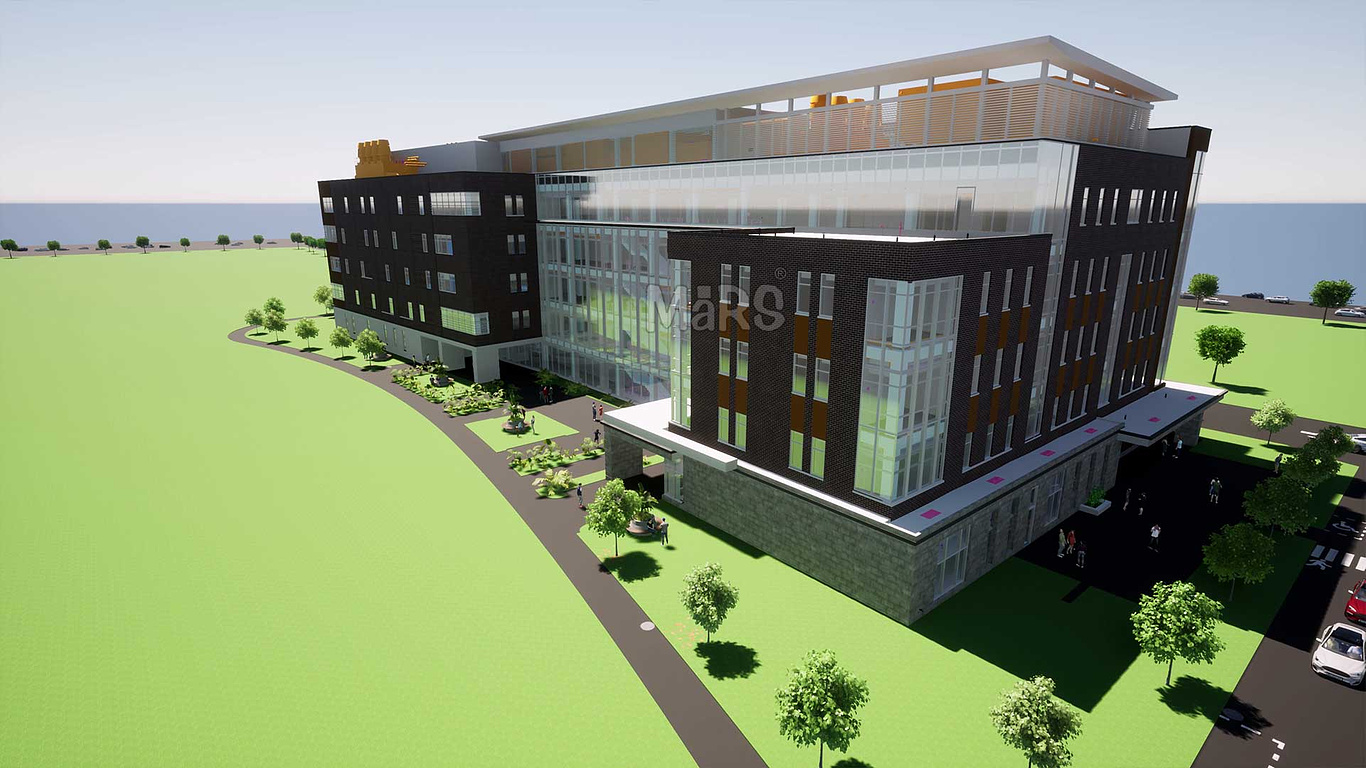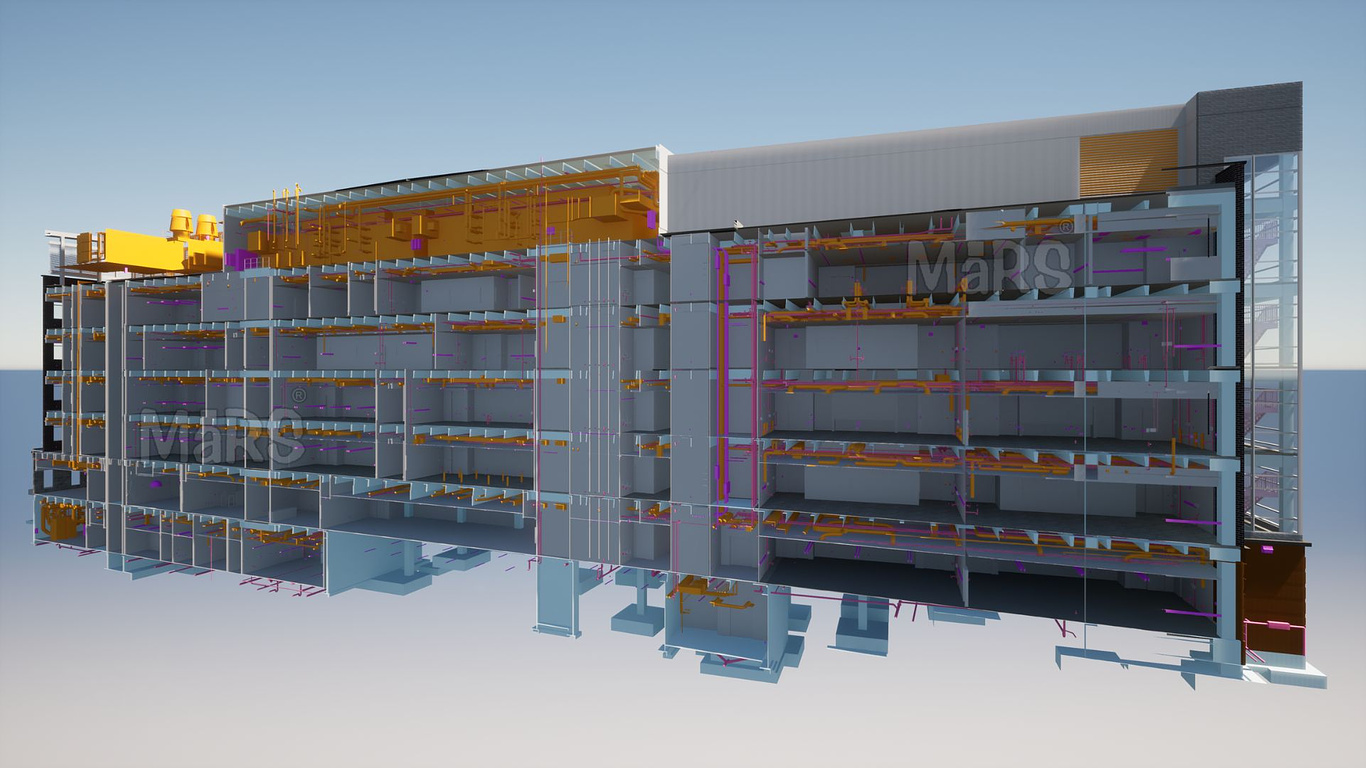
Other
BIM: A Game-Changer in AEC Project Management
BIM, or Building Information Modeling, has indeed been a game-changer in AEC (Architecture, Engineering, and Construction) project management. BIM is a digital representation of a building or infrastructure project that includes detailed information about its physical and functional characteristics.
Here are some ways in which BIM has transformed AEC Project Management:
- Improved Collaboration: BIM enables stakeholders to collaborate more effectively throughout the entire project lifecycle. All project data, including drawings, schedules, and specifications, are stored in a single, central location. This allows stakeholders to access the latest information at any time, reducing errors and miscommunications.
- Increased Efficiency: BIM can automate many tasks that were once manual, such as quantity takeoffs, clash detection, and change management. This leads to faster project completion times and reduced costs.
- Better Visualization: BIM provides Revit 3D Models that allow stakeholders to visualize the project in detail before construction begins. This helps to identify design flaws early on and reduces the need for costly rework during construction.
- Enhanced Sustainability: BIM can be used to optimize a Building's Energy Modeling, reduce waste, and minimize environmental impact. This is particularly important as the construction industry seeks to adopt more sustainable practices.
- Improved Facility Management: BIM can be used to create an accurate as-built model of a building, which can be used for facility management and maintenance purposes. This can reduce maintenance costs and improve the lifespan of the building.
BIM, or Building Information Modeling, is a digital representation of a building or infrastructure project that includes detailed information about its physical and functional characteristics.
BIM has transformed AEC project management in numerous ways, including improved collaboration, increased efficiency, better visualization, enhanced sustainability, improved facility management, better risk management, improved quality control, increased safety, better cost control, and enhanced client satisfaction.
- Better Risk Management: BIM provides stakeholders with a detailed and accurate understanding of the project, which helps in identifying potential risks and addressing them proactively. This minimizes the likelihood of surprises and delays during construction, leading to a more efficient and successful project outcome.
- Improved Quality Control: BIM enables stakeholders to monitor and manage quality control more effectively by providing a single, central location for all project data. This makes it easier to identify and address issues as they arise, reducing the likelihood of errors and rework.
- Increased Safety: BIM can be used to identify potential safety hazards during the design phase, allowing stakeholders to address them proactively. This leads to a safer construction site and reduces the likelihood of accidents or injuries.
- Better Cost Control: BIM provides stakeholders with a detailed understanding of the project's cost structure, making it easier to manage costs throughout the project lifecycle. This can help to reduce overall project costs and prevent cost overruns.
- Enhanced Client Satisfaction: BIM allows stakeholders to provide clients with a more accurate and detailed understanding of the project, including how it will look and function when complete. This improves client satisfaction and can lead to repeat business and positive word-of-mouth recommendations.
in conclusion, BIM has been a game-changer in AEC project management by providing stakeholders with a more efficient, collaborative, and Sustainable Architectural Design approach to construction. Its ability to improve communication, reduce errors, and increase productivity has made it an essential tool for modern construction projects. By leveraging the power of BIM, stakeholders can reduce costs, improve quality, and enhance client satisfaction, leading to more successful and profitable tasks.
Overall, BIM has transformed AEC project management by providing stakeholders with a more efficient, collaborative, and sustainable approach to construction. Its ability to improve communication, reduce errors, and increase productivity has made it an essential tool for modern construction projects.
BIM provides stakeholders with a more efficient, collaborative, and sustainable approach to construction. Its ability to improve communication, reduce errors, and increase productivity has made it an essential tool for modern construction projects.
Building Information Modeling (BIM) has revolutionized how architecture, engineering, and construction (AEC) projects are managed. BIM provides a digital representation of the entire building process, from design to construction and even maintenance, which offers unparalleled benefits to project managers. One of the game-changing aspects of BIM is its ability to integrate MEP (Mechanical, Electrical, and Plumbing) and structural systems into the overall model, allowing for better coordination and communication among team members. With Structural BIM Service systems can be designed, simulated, and analyzed within the same platform, reducing conflicts, errors, and delays in the construction process.
BIM's capability to manage MEP BIM Services within a single model has numerous advantages for AEC project management. For instance, it enables teams to identify and resolve issues in the early stages of the design process, reducing the likelihood of costly and time-consuming changes during construction. Additionally, BIM's ability to simulate and analyze MEP and structural systems enables project managers to optimize energy efficiency, cost-effectiveness, and sustainability, leading to significant savings in operational costs over the building's lifespan. Overall, BIM's integration of MEP and structural systems into project management has streamlined the AEC process, improved collaboration among team members, and delivered better buildings to clients.
Overall, BIM has transformed AEC project management by providing stakeholders with a more efficient, collaborative, and sustainable approach to construction. Its ability to improve communication, reduce errors, and increase productivity has made it an essential tool for modern construction projects.
BIM provides stakeholders with a more efficient, collaborative, and sustainable approach to construction. Its ability to improve communication, reduce errors, and increase productivity has made it an essential tool for modern construction projects.
Building Information Modeling (BIM) has revolutionized how architecture, engineering, and construction (AEC) projects are managed. BIM provides a digital representation of the entire building process, from design to construction and even maintenance, which offers unparalleled benefits to project managers. One of the game-changing aspects of BIM is its ability to integrate MEP (Mechanical, Electrical, and Plumbing) and structural systems into the overall model, allowing for better coordination and communication among team members. With Structural BIM Service systems can be designed, simulated, and analyzed within the same platform, reducing conflicts, errors, and delays in the construction process.
BIM's capability to manage MEP BIM Services within a single model has numerous advantages for AEC project management. For instance, it enables teams to identify and resolve issues in the early stages of the design process, reducing the likelihood of costly and time-consuming changes during construction. Additionally, BIM's ability to simulate and analyze MEP and structural systems enables project managers to optimize energy efficiency, cost-effectiveness, and sustainability, leading to significant savings in operational costs over the building's lifespan. Overall, BIM's integration of MEP and structural systems into project management has streamlined the AEC process, improved collaboration among team members, and delivered better buildings to clients.
You must be logged in to post a comment. Login here.




